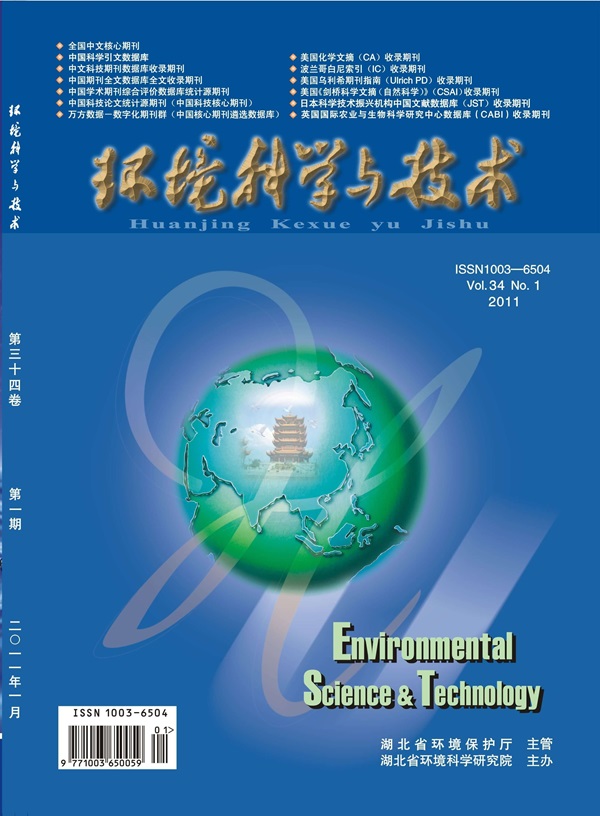An Analytical Workflow to Quantify Biodegradable Polyesters in Soils and Its Application to Incubation Experiments
IF 10.8
1区 环境科学与生态学
Q1 ENGINEERING, ENVIRONMENTAL
引用次数: 0
Abstract
Soil biodegradable polyesters are designed to undergo to microbial utilization in aerobic soils, forming carbon dioxide and microbial biomass. These polyesters are thus viable substitutes for conventional, persistent polymers (e.g., polyethylene) in specific applications for which the transfer of some of the polymers into the soil is inevitable. While polymer biodegradability is often assessed in laboratory incubations using respirometric analysis of formed CO2, approaches to accurately quantify biodegradable polyesters in soils and to track their mass loss in field incubations over time remain missing. This study first introduces an analytical workflow combining Soxhlet extraction with proton nuclear magnetic resonance spectroscopy for the accurate, high-throughput, and chemically selective quantification of eight commercially important biodegradable polyesters (i.e., poly(butylene adipate-co-terephthalate), polylactic acid, poly(3-hydroxybutyrate-co-3-hydroxyhexanoate), poly(3-hydroxybutyrate-co-3-hydroxyvalerate), polycaprolactone, polybutylene adipate, polybutylene azelate, and polybutylene succinate), and the nonbiodegradable polymer polystyrene, in six soils spanning a range of types and physicochemical properties. This work introduces an effective sample deployment–retrieval approach that, combined with the analytical method, allows the biodegradation of poly(butylene adipate-co-terephthalate) and polylactic acid from a biodegradable mulch film in three agricultural soils to be monitored. In combination, the two parts of this work lay the foundation to accurately quantify and monitor biodegradable polymers in soils.

求助全文
约1分钟内获得全文
求助全文
来源期刊

环境科学与技术
环境科学-工程:环境
CiteScore
17.50
自引率
9.60%
发文量
12359
审稿时长
2.8 months
期刊介绍:
Environmental Science & Technology (ES&T) is a co-sponsored academic and technical magazine by the Hubei Provincial Environmental Protection Bureau and the Hubei Provincial Academy of Environmental Sciences.
Environmental Science & Technology (ES&T) holds the status of Chinese core journals, scientific papers source journals of China, Chinese Science Citation Database source journals, and Chinese Academic Journal Comprehensive Evaluation Database source journals. This publication focuses on the academic field of environmental protection, featuring articles related to environmental protection and technical advancements.
 求助内容:
求助内容: 应助结果提醒方式:
应助结果提醒方式:


